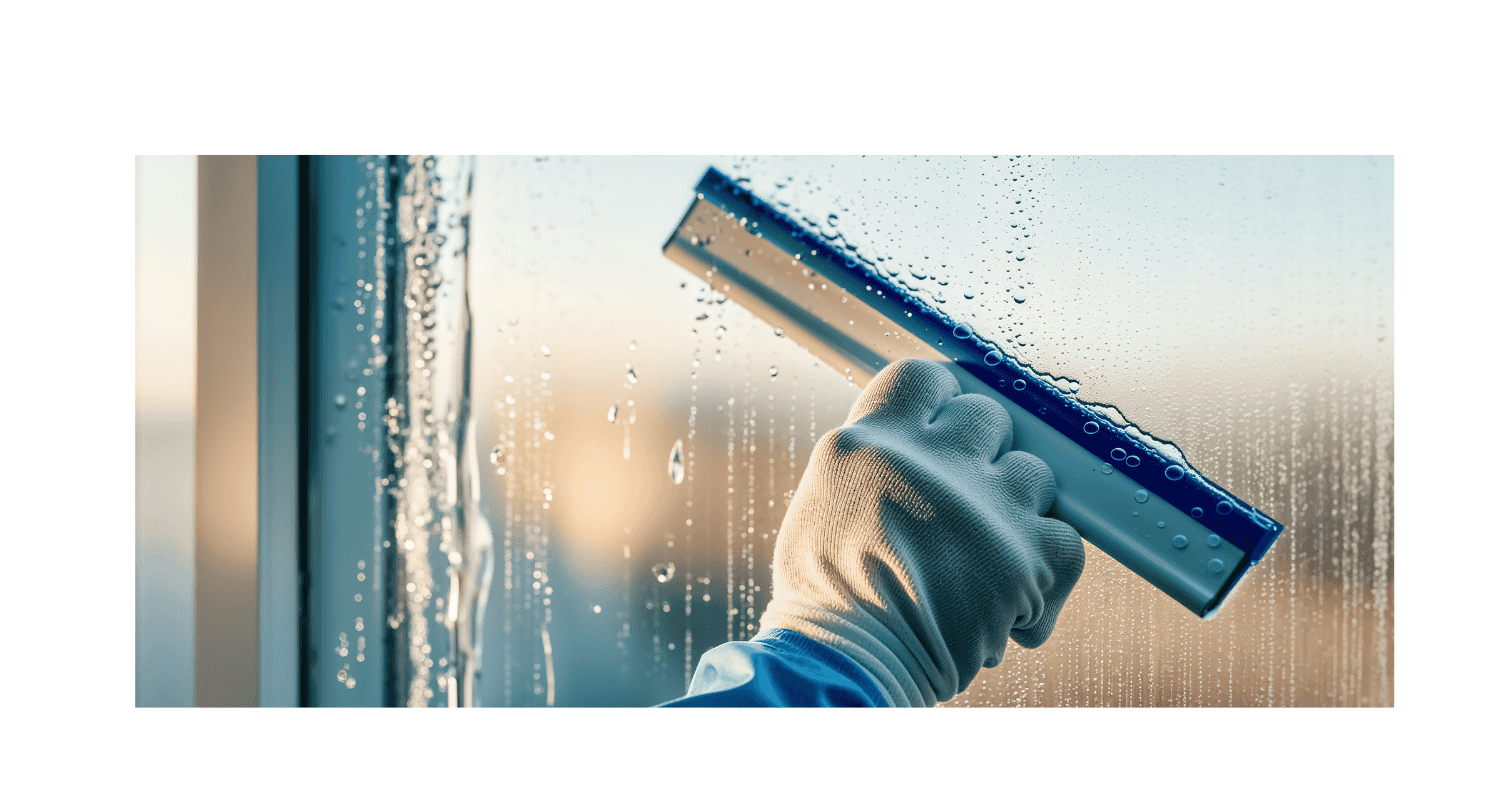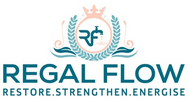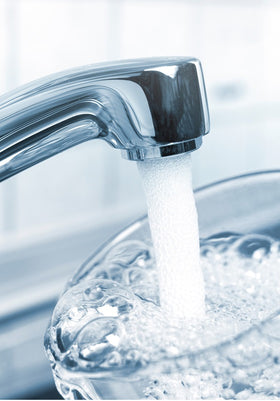
The Complete Guide to Reverse Osmosis Window Cleaning Equipment
Ever wished your windows sparkled like your mum’s wine glasses after Christmas dinner? The secret’s reverse osmosis window cleaning equipment—pure water, zero streaks, no fuss. In-Depth Insights into Reverse Osmosis Systems and Applications uncover how it works—like Countertop Dispensers and Reverse Osmosis, but for glass. Clearer windows, faster cleaning, no chemicals.
Essential Components of an RO Window Cleaning Setup
If you want streak-free glass without balancing on a ladder like a circus act, you’ll need the right kit. Here’s what every good RO window cleaning system is built on.
The RO Unit (Membrane, Filters)
This is the engine room of your setup. The RO unit purifies your water by stripping out minerals, salts, and anything else that causes spots.
You’ve got three key parts doing the hard graft:
– Sediment filters: these trap dirt and rust.
– Carbon filters: they remove chlorine and bad smells.
– RO membrane: this clears out dissolved solids that sneak past the other filters.
Think of it like a three-stage bouncer team for your water — only the cleanest gets through.
Water Fed Poles (Different Materials and Lengths)
Forget lugging ladders about. Water fed poles let you wash windows from the safety of solid ground. Handy, right?
Here’s what they’re made from:
– Aluminium: cheap and cheerful but on the heavier side.
– Fibre glass: lighter and tougher, good for regular use.
– Carbon fibre: featherlight and professional grade—your back will thank you after a long day.
Lengths vary too, from little poles for your conservatory to giants that reach third-floor office blocks.
Pumps and Flow Controllers
A good pump gives your water the oomph it needs to travel up those long poles. Flow controllers let you adjust the water rate on the fly—no one wants a garden hose situation mid-job. If you’re working on taller buildings, a pump is a must-have.
Hoses and Connectors
These unsung heroes move water from your RO unit to your pole. Go for flexible, kink-free hoses and sturdy connectors. Flimsy gear means leaks, blockages, and some very wet shoes.
Factors to Consider When Buying RO Window Cleaning Equipment
Before splashing out, it pays to think things through. Here’s what to weigh up to get the right setup for you.
Scale of Your Operation (DIY vs. Professional)
If you’re cleaning a few house windows at weekends, a compact portable system will suit you fine. Running a business cleaning schools, hotels, or offices? You’ll need a higher-capacity kit, longer poles, and more robust gear to handle heavy use. Match your tools to your ambition.
Water Hardness in Your Area
Live somewhere with limescale-heavy water? You’ll notice streaks faster than you can say “window smear.” A stronger RO unit with top-notch filters will be worth its weight in gold. It’ll make a visible difference in areas like London or the South East.
Budget and Durability
Yes, top-end RO systems can be a chunk of change upfront. But cheap kits with flimsy poles and weak filters can end up costing more in constant replacements. It’s a classic “buy nice or buy twice” situation. Look for kit with solid warranties and replaceable parts—it’s worth it in the long run.
Different Types of RO Window Cleaning Systems
Once you know what you need, it’s time to pick your setup style. Here are the two main types to consider.
Portable RO Systems
These are ideal for home users or part-time cleaners. Compact and often fitted with wheels, they’re easy to drag around your property or chuck in the back of the car. Think of it like a travel suitcase filled with crystal-clear water. Perfect for jobs that don’t need industrial-sized gear.
Vehicle-Mounted Systems
For serious window cleaners covering larger areas, these van-mounted systems are the business. They’ve got bigger tanks, beefier filters, and can pump out purified water all day long. Pull up outside a block of flats, unspool your hoses, and you’re ready to clean windows three storeys high without breaking a sweat.
Maintenance and Care of Your RO Equipment
Like any good tool, look after it and it’ll look after you. Regular maintenance keeps your RO system working like new.
Filter Replacement Schedule
Sediment and carbon filters tend to need swapping every 3 to 6 months, depending on use. RO membranes last around 2 to 3 years, but only if you treat them kindly. Stick to the schedule and you’ll keep that water purity sky-high.
Membrane Cleaning and Storage
Clogged membrane? Flush it with a specialist cleaner to keep it fresh. When packing everything away (especially over winter), dry the lot and store it somewhere frost-free. Nothing ruins gear faster than frozen water expanding in your filters.
Conclusion: Investing in the Right Equipment for Effective RO Window Cleaning
RO window cleaning kit is a game-changer—whether you’re sprucing up your conservatory or running a window cleaning empire. It makes streaky glass a thing of the past and saves hours of scrubbing. Choose gear that fits your needs, keep it maintained, and enjoy windows so clear your neighbours will ask what your secret is.



Leave a comment